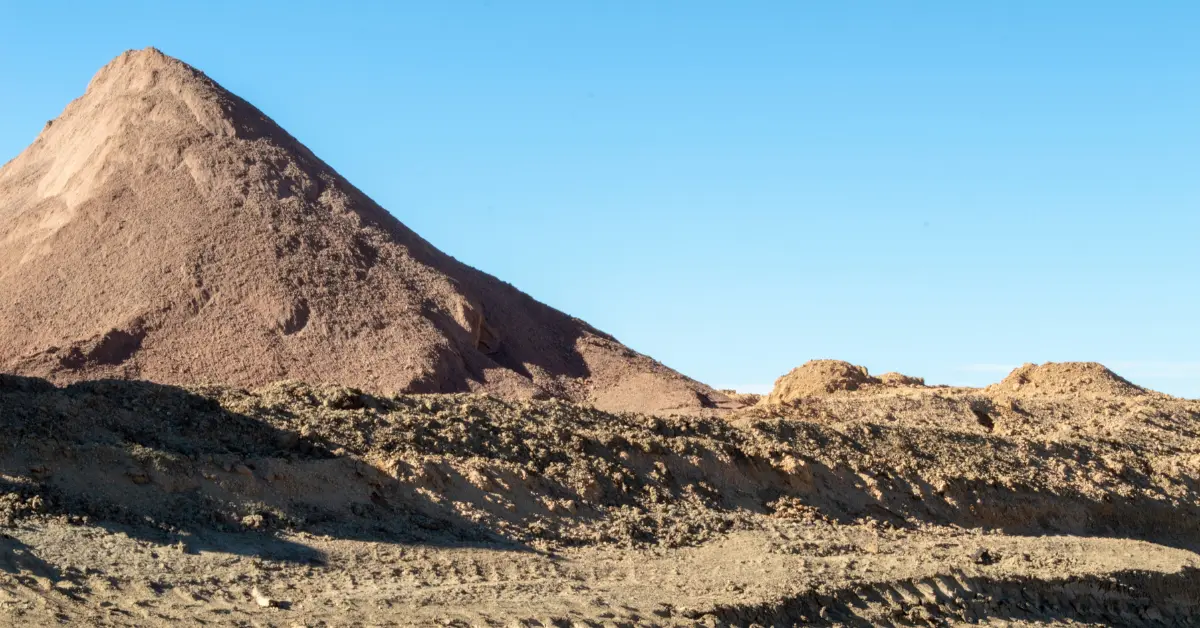
Clean-fill dirt is a specific type of earth material that is used in various construction and landscaping projects. It is defined primarily by its lack of organic materials, such as decomposing plant matter, which prevents it from settling or shifting over time. This characteristic makes it ideal for creating stable foundations and for use in environments where structural integrity is paramount. Understanding what clean fill dirt is and its benefits can significantly impact the efficiency and safety of a construction project.

Properties and Composition of Clean Fill Dirt
This type of soil is specifically processed to be free of organic matter, which can decompose and cause settling or instability in projects. Understanding fill dirt is essential because its lack of organic content ensures that it does not shift or settle over time, making it ideal for structural bases. Moreover, clean fill dirt is screened to remove contaminants that could leach into the environment, providing a safe material for any building or landscaping project. One of the defining properties of clean fill dirt is its uniform texture. Consistency allows for predictable compaction outcomes, which is crucial for creating stable, level surfaces in construction projects. Compacting effectively reduces voids in the soil, which increases the load-bearing capacity and overall stability of the filled area.
Stability and Load-Bearing Capacity
Unlike regular dirt, clean fill offers a consistent quality that remains stable under pressure. This characteristic is especially beneficial for areas supporting substantial weight, such as building foundations or roadway underlayers. Its ability to handle heavy loads without significant compression or shifting is a cornerstone of its utility in clean-fill dirt for construction.
Suitability for Heavy Construction Projects
Construction clean-fill dirt is specifically curated to meet the rigorous demands of substantial building projects. Its stability and resistance to erosion make it suitable for creating durable bases and embankments. When compacted, the predictable nature of clean fill dirt allows engineers and contractors to plan and execute construction phases with accuracy, ensuring that timelines and safety standards are met without unforeseen delays caused by material inconsistencies.
Environmental Safety and Regulatory Compliance
It meets various environmental safety standards and regulatory compliance, ensuring that projects do not harm the ecosystem. By using clean fill dirt, construction projects avoid the risks associated with contaminated soil and adhere to legal requirements that safeguard both the environment and public health. Compliance is crucial for maintaining the integrity of natural habitats and water sources surrounding construction sites.
Properties of Regular Dirt
Organic Content
Often referred to as topsoil or garden soil, it is rich in organic materials and nutrients that are essential for plant growth. It includes a mixture of decomposed plant material, microorganisms, and minerals that provide a fertile environment for vegetation. Organic matter helps to aerate the soil, allowing for better water absorption and root penetration.
Moisture Retention Capabilities
The ability of regular dirt to retain moisture is one of its most valuable properties for agricultural and landscaping applications. The soil's organic components help trap moisture, keeping the ground hydrated and reducing the need for frequent watering. Such a characteristic is particularly beneficial during dry spells, as it helps sustain plant life by providing a constant moisture supply crucial for photosynthesis and nutrient uptake.
Variability in Texture and Consistency
Regular dirt exhibits a wide range of textures and consistencies, significantly affecting its suitability for different uses. The variation stems from the proportions of sand, silt, clay, and organic matter found in the soil. Here’s how this variability impacts its application:
- Drainage and Aeration: The ability of soil to retain or drain water is largely dependent on its texture. Sandy soils, composed of larger particles, drain quickly and provide excellent aeration. This makes them ideal for drought-resistant plants but less suitable for crops that require consistent moisture. On the other hand, clay-heavy soils retain water for longer periods, which can be beneficial for water-loving plants but problematic for root health due to poor air circulation. Well-balanced loamy soils offer a middle ground, promoting adequate drainage and moisture retention.
- Nutrient Availability: The fertility of the soil is closely tied to its organic matter content. Rich, dark soils with high levels of decomposed plant material provide essential nutrients that support healthy plant growth. Though excellent at drainage, Sandy soils often struggle to retain nutrients, requiring more frequent fertilization. Conversely, clay soils can hold onto nutrients effectively but may become too dense, making it difficult for plants to access them. Ensuring the right balance of organic matter and minerals is key to sustaining a productive soil environment.
- Compaction Resistance: Different fill dirt types react differently under pressure. Sandy soils, with their loose and granular structure, are less prone to compaction, making them ideal for areas with heavy foot traffic, such as parks, playgrounds, and sports fields. In contrast, clay soils are highly susceptible to compaction, which can create dense, impenetrable layers that restrict root growth and water infiltration. This is particularly problematic in agricultural fields and construction sites, where the soil needs to remain loose and workable. Adding organic matter or aerating compacted soils can help mitigate these issues.
Soil’s variability is one of its most defining characteristics. It is essential to understand how different textures and consistencies affect its properties. Adjusting soil composition through amendments or selecting the right type for a given purpose can significantly improve its effectiveness in supporting plant life and structural integrity.
Limited Stability for Structural Applications
The presence of organic matter, which decomposes over time, contributes to this instability, making it unsuitable for foundations or any construction that requires a stable, non-shifting base. These fill dirt types are best reserved for non-load-bearing applications where their fertility and moisture retention can be fully utilized without risk of structural failure.
How to Identify Clean Fill Dirt
Distinguishing clean fill dirt from other soil types is crucial for ensuring the safety, stability, and long-term success of construction and landscaping projects. The process involves several key methods, each designed to verify that the fill dirt is free from unwanted organic matter, debris, and harmful contaminants.
Appearance and Consistency
The primary visual characteristic of clean-fill dirt is its smooth and uniform appearance. Unlike regular dirt, which can be clumpy and mixed with organic debris, clean fill presents a consistent texture that is easy to spread and compact. Uniformity is essential for construction projects where the soil needs to settle evenly and maintain a level surface. Recognizing this feature can help ensure that the fill dirt brokerage used meets the required standards for stability and performance.
Certification of Being Contaminant-Free
This certification is often issued by environmental authorities or accredited testing agencies that verify the soil does not contain harmful substances such as heavy metals, asbestos, or other hazardous chemicals. Using certified clean fill dirt is vital for compliance with environmental regulations and the safety of the construction site and its future occupants. To further guarantee the safety and suitability of clean fill dirt for construction use, it should be tested for hazardous materials. Testing typically involves sampling the soil and analyzing it in a lab to check for toxins and pollutants that could compromise the integrity of a project or pose health risks. These tests are essential for preventing environmental contamination and ensuring the fill dirt adheres to strict quality standards.
Verifying with Reputable Suppliers
Proper due diligence in selecting a supplier can save significant time and costs down the road, preventing potential issues related to soil composition and quality. The following steps outline how to get fill dirt online:
- Research the Supplier: A reputable supplier should have a strong track record in the industry, with multiple positive reviews and testimonials from contractors, developers, or homeowners who have used their materials. Checking third-party review platforms, industry forums, and social media pages can provide insight into the supplier's reliability. Additionally, established suppliers often have well-documented histories of compliance with environmental and construction regulations. It’s also beneficial to seek recommendations from industry professionals, as firsthand experiences can reveal important details about a supplier’s reliability, delivery efficiency, and product consistency.
- Ask for Documentation: Reviewing these reports allows buyers to verify whether the material meets their specific project requirements. Transparency is key; suppliers who readily provide these documents demonstrate confidence in their product quality. If a supplier is reluctant to share such information, it may indicate inconsistencies in their material sourcing or a lack of proper testing procedures. In addition to test reports, buyers can request a Material Safety Data Sheet (MSDS) or soil analysis from a certified laboratory to further confirm the dirt’s suitability.
- Visit the Source: If possible, visit the quarry, excavation site, or processing facility where the dirt is sourced. This firsthand observation allows buyers to assess whether the fill dirt is free from organic materials, construction debris, or contaminants that could affect its performance. Observing the storage and handling practices at the supplier’s location can also help determine whether the material is being properly screened and sorted before distribution. A well-maintained and organized facility is often a sign of a supplier that takes quality control seriously. Additionally, speaking directly with the site manager or staff can provide further clarity on how the material is tested and prepared for sale.
- Assess Customer Service: A supplier’s level of customer service can be a strong indicator of their commitment to providing a high-quality, clean-fill dirt website. Responsive and knowledgeable representatives should be willing to answer questions about soil composition, test results, and sourcing methods. Reliable suppliers often provide detailed product descriptions, offer assistance in selecting the right material for specific projects, and are transparent about pricing and delivery options. Poor communication or vague responses may indicate a lack of quality control or even an attempt to conceal deficiencies in their product.
Cutting corners in this process can result in costly rework, environmental fines, or structural failures. To buy clean fill dirt online confidently, source high-quality fill dirt that meets their project needs by following these steps.

Comparison with Other Soil Types
When selecting the right material for a construction or landscaping project, understanding the differences between clean fill dirt and other common soil types is essential for achieving the desired results and ensuring long-term project success. Clean fill dirt is primarily valued for its lack of organic matter and debris, which grants it superior compaction, stability, and predictability when used as a base material. In contrast, topsoil is the nutrient-rich uppermost layer of earth, dark in color and high in organic content, making it ideal for supporting plant growth but unsuitable for structural applications due to its tendency to settle and decompose over time. While clean fill dirt is used to establish a stable, non-shifting foundation for structures, topsoil is best reserved for the uppermost layer in gardens, lawns, and planting beds where fertility and moisture retention are crucial.
Fill sand, another commonly used material, is composed of fine, granular particles of rock. Its primary advantage is its excellent drainage properties, making it suitable for areas where water needs to percolate quickly, such as around septic systems, ponds, or in projects that require enhanced drainage. However, fill sand lacks the compaction strength and load-bearing capacity of clean fill dirt, and it is more prone to shifting and displacement—especially under heavy loads or in high-traffic areas. As a result, while fill sand is beneficial for improving drainage or filling minor voids, it is not recommended for foundational work where long-term stability is a priority.
Rock fill, on the other hand, consists of large rocks or stones and is typically used for filling deep voids, constructing embankments, or providing bulk in large-scale earthworks. Its size and weight offer immediate stability and resistance to erosion, but rock fill does not compact into a smooth, even surface and requires a substantial layer of finer material—often clean fill dirt or topsoil—on top to create a usable surface for planting or building. Additionally, rock fill is not suitable for applications where a level, compacted base is necessary, as its uneven composition can lead to gaps and instability if not properly managed.
Appropriate Uses for Clean Fill Dirt
Environmental Remediation Projects
In environmental remediation projects, clean fill dirt is used to replace contaminated soil, eliminating potential health risks associated with hazardous substances in the ground. Its purity ensures that no further contaminants are introduced to the site, making it a safe choice for areas previously exposed to industrial waste or chemical spills. Using clean fill dirt in such scenarios helps restore the ecological balance and prepares sites for safe future use.
Filling Voids and Creating a Solid Base for Heavy Loads
Also extensively used to fill voids and provide a solid base for heavy loads in construction. Its compaction properties are ideal for creating firm foundations that do not settle under the weight of the constructed elements. Whether filling sinkholes or preparing bases for foundations, roads, or parking lots, clean fill dirt provides the necessary stability and durability for these critical applications.
Appropriate Uses for Regular Dirt
Regular dirt, often referred to as native soil or topsoil when it contains organic matter, is highly valued in a variety of non-structural outdoor projects due to its unique properties and natural fertility. One of the most common and suitable applications for regular dirt is in landscaping. Its rich blend of minerals, organic material, and microorganisms creates an ideal environment for supporting plant life. When establishing new garden beds, planting trees and shrubs, or shaping the contours of a yard, regular dirt provides the nutrients and structure needed for strong root development and healthy growth. The organic content in regular dirt not only supports a diverse ecosystem of beneficial soil organisms but also improves aeration and water retention, which are critical for sustaining vibrant lawns and gardens. This makes regular dirt an excellent choice for residential and community landscaping projects where the primary goal is to encourage plant growth and maintain natural aesthetics.
Gardening is another area where regular dirt excels. Its ability to retain moisture and supply essential nutrients makes it particularly effective for growing vegetables, flowers, and ornamental plants. The presence of organic matter helps the soil hold water during dry periods and releases it slowly to plant roots, reducing the need for frequent irrigation. Additionally, the natural variability in texture—ranging from sandy to loamy to clay-rich—allows gardeners to amend or blend regular dirt to suit the specific needs of different crops. For example, loamy regular dirt is often prized for its balanced drainage and fertility, while clay-rich soils may be improved with compost to enhance their structure. This adaptability makes regular dirt a versatile and cost-effective foundation for both small backyard gardens and larger community plots.
Surface leveling for outdoor spaces is another situation where regular dirt is highly suitable. When preparing a lawn, filling in low spots, or creating a gentle slope for proper drainage, regular dirt can be spread and graded to achieve a smooth, even surface. Its moderate compaction resistance allows for minor adjustments over time as the soil settles, making it easy to maintain a level yard or garden area. For homeowners and landscapers, using regular dirt for leveling is both practical and economical, especially in areas where a perfectly engineered base is not required. It is important to note, however, that while regular dirt is ideal for these non-load-bearing applications, it should not be used as a base for structures or heavy loads due to its tendency to settle and shift as organic materials decompose. For most outdoor living spaces where plant health and surface appearance are the main concerns, regular dirt remains a preferred and reliable material.
Environmental and Cost Benefits of Clean Fill Dirt
Long-Term Durability for Cost Savings
The long-term durability of choosing clean fill dirt offers significant cost savings over time. Its stability and resistance to settling reduce the need for future repairs and maintenance, which can be costly and disrupt ongoing use of the built environment. By investing in high-quality fill dirt, developers can minimize the lifecycle costs of their projects, resulting in more sustainable financial outcomes.
Supporting Sustainable Building Practices
This supports sustainable building practices by providing a reliable foundation that promotes energy efficiency and reduces waste. Its effectiveness in various applications allows for the optimal use of resources, contributing to more sustainable construction methodologies. By facilitating environmentally friendly practices, clean fill dirt helps the construction industry move towards more green and sustainable operations.
Risks and Consequences of Using Contaminated or Regular Fill Dirt
Using fill dirt that is not classified as clean can present a range of serious problems for construction, landscaping, and the environment. One of the most significant risks is environmental contamination. Fill dirt sourced from unknown or unregulated locations may harbor pollutants such as heavy metals, asbestos, pesticides, or hydrocarbons. When this contaminated material is used, there is a high likelihood that rainwater or groundwater will leach these substances into surrounding soils, waterways, or even municipal water supplies. Over time, this can cause widespread ecological damage, endanger wildlife, and disrupt local ecosystems. In addition to environmental hazards, contaminated or regular fill dirt can also compromise the structural integrity of any project built upon it. Organic matter within regular fill dirt decomposes over time, leading to settling, shifting, or the formation of voids beneath foundations, roads, or retaining walls. This instability can result in uneven surfaces, cracks in foundations, or even catastrophic structural failures, necessitating costly repairs or complete reconstruction. The unpredictable compaction and moisture retention properties of regular fill dirt further increase the risk of poor drainage and erosion, which can compromise the durability of built structures and lead to persistent maintenance issues.
Health-related concerns are equally pressing when dealing with unclean or contaminated fill dirt. Exposure to hazardous substances can pose serious health risks to workers, residents, and the broader community. For example, inhaling dust from contaminated soil can lead to respiratory illnesses, skin irritation, or long-term conditions like cancer. The presence of pathogens such as E. coli or other harmful microorganisms in fill dirt can also create direct threats to public health, particularly in residential developments, playgrounds, or community gardens. Additionally, projects using contaminated fill dirt may face legal and regulatory repercussions. Many jurisdictions have strict guidelines regarding the sourcing and use of fill materials to protect public health and the environment. Failure to comply can result in fines, lawsuits, or mandated remediation efforts, all of which can delay projects and significantly increase costs. The use of contaminated or regular fill dirt undermines not only the project's immediate objectives but also its long-term safety and sustainability in the built environment

Understanding the properties, applications, and benefits of each type of dirt can significantly influence the success and sustainability of a project. Whether it's building a high-rise or planting a backyard garden, the right type of dirt can make all the difference. By choosing wisely, one can ensure not only the structural integrity of construction projects but also the environmental integrity of the natural landscapes we value and depend on.

.svg)



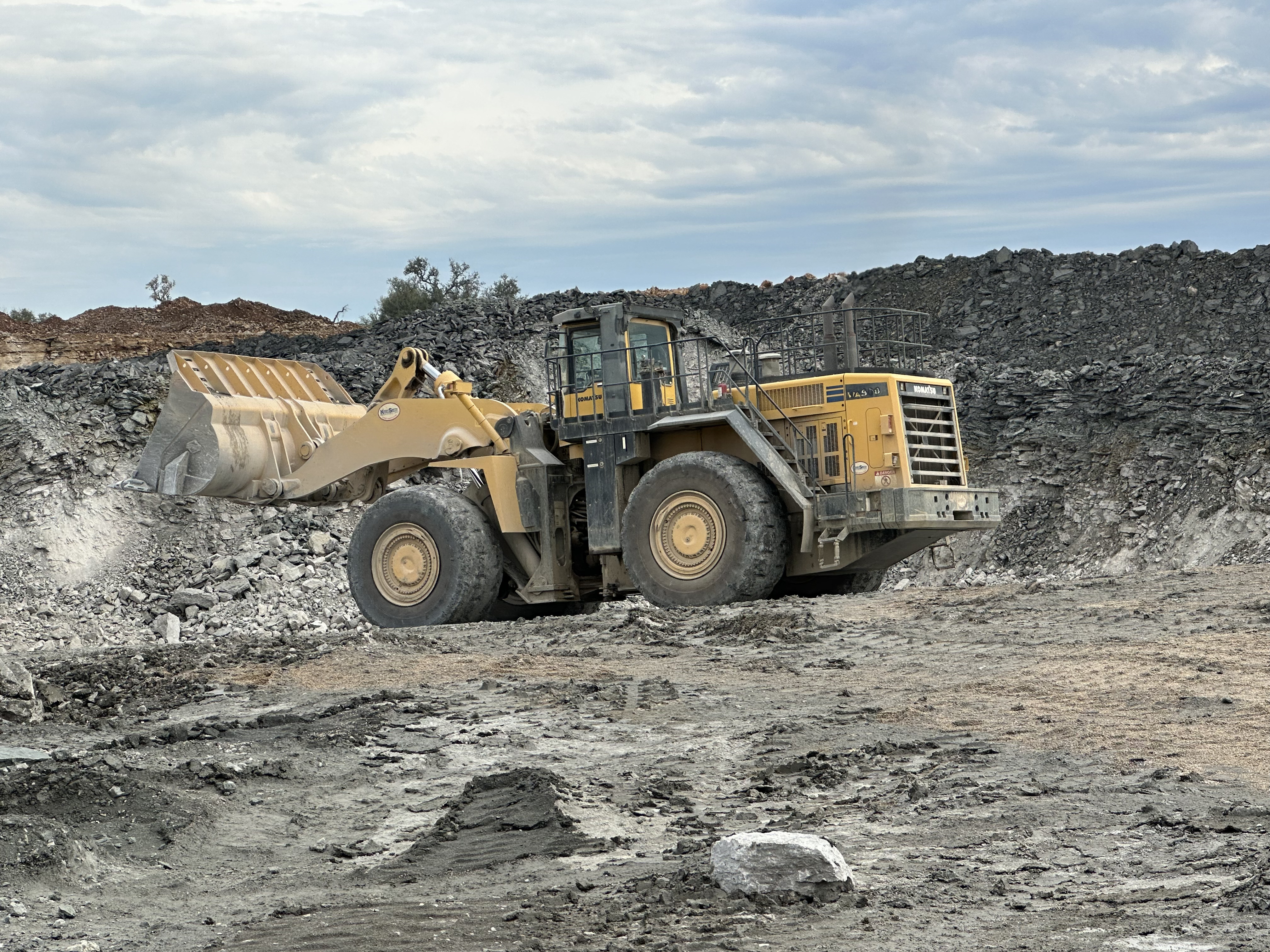







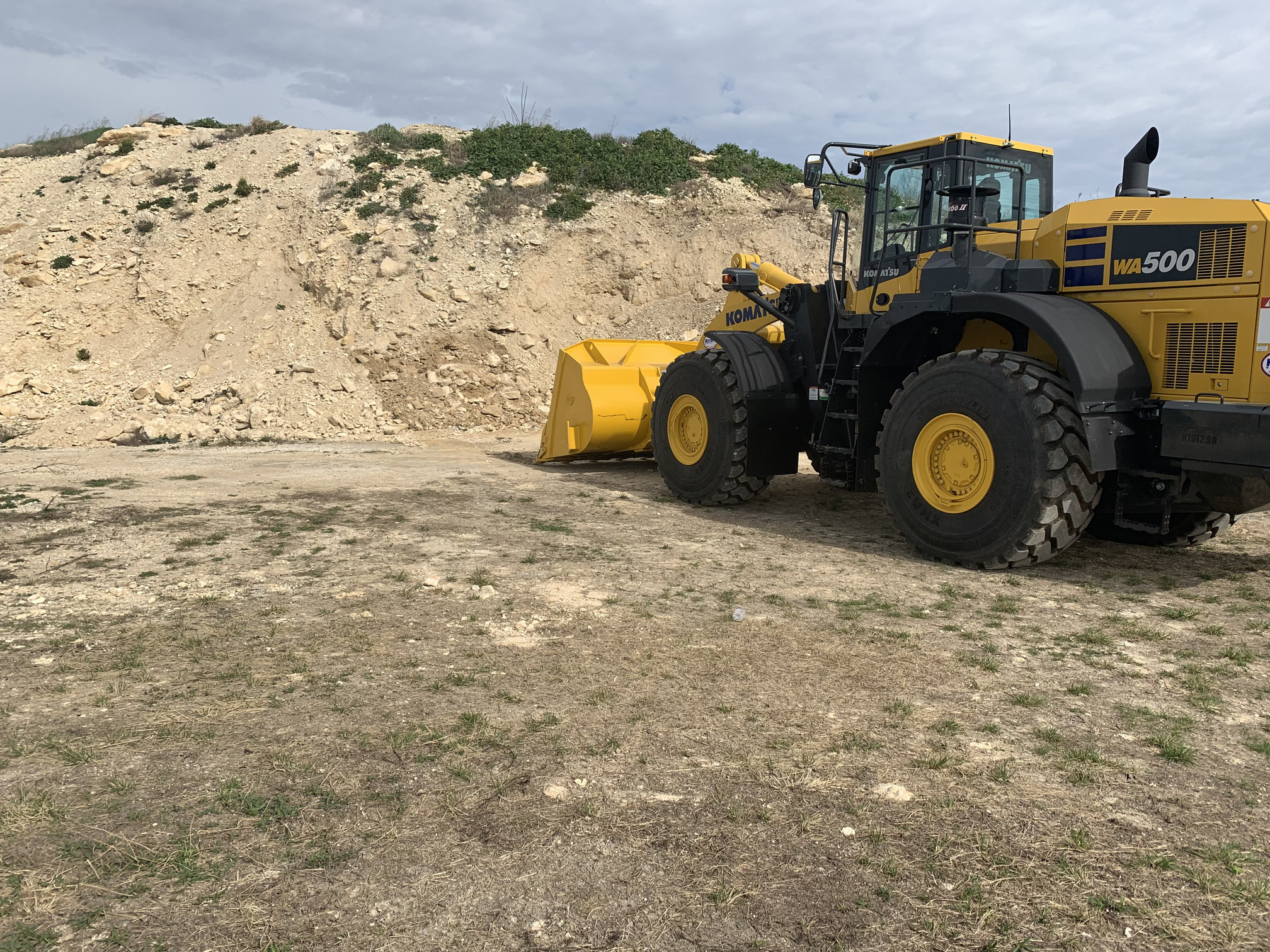
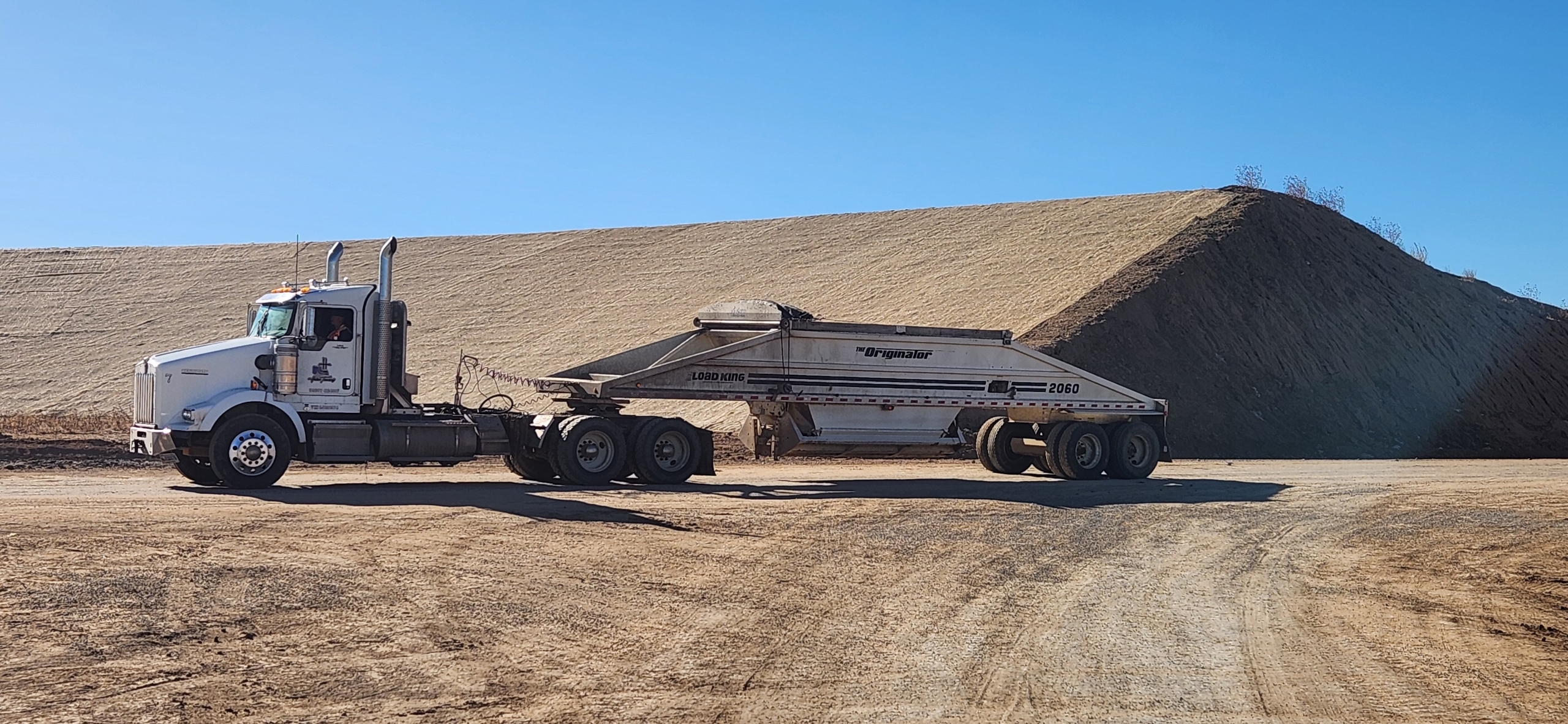
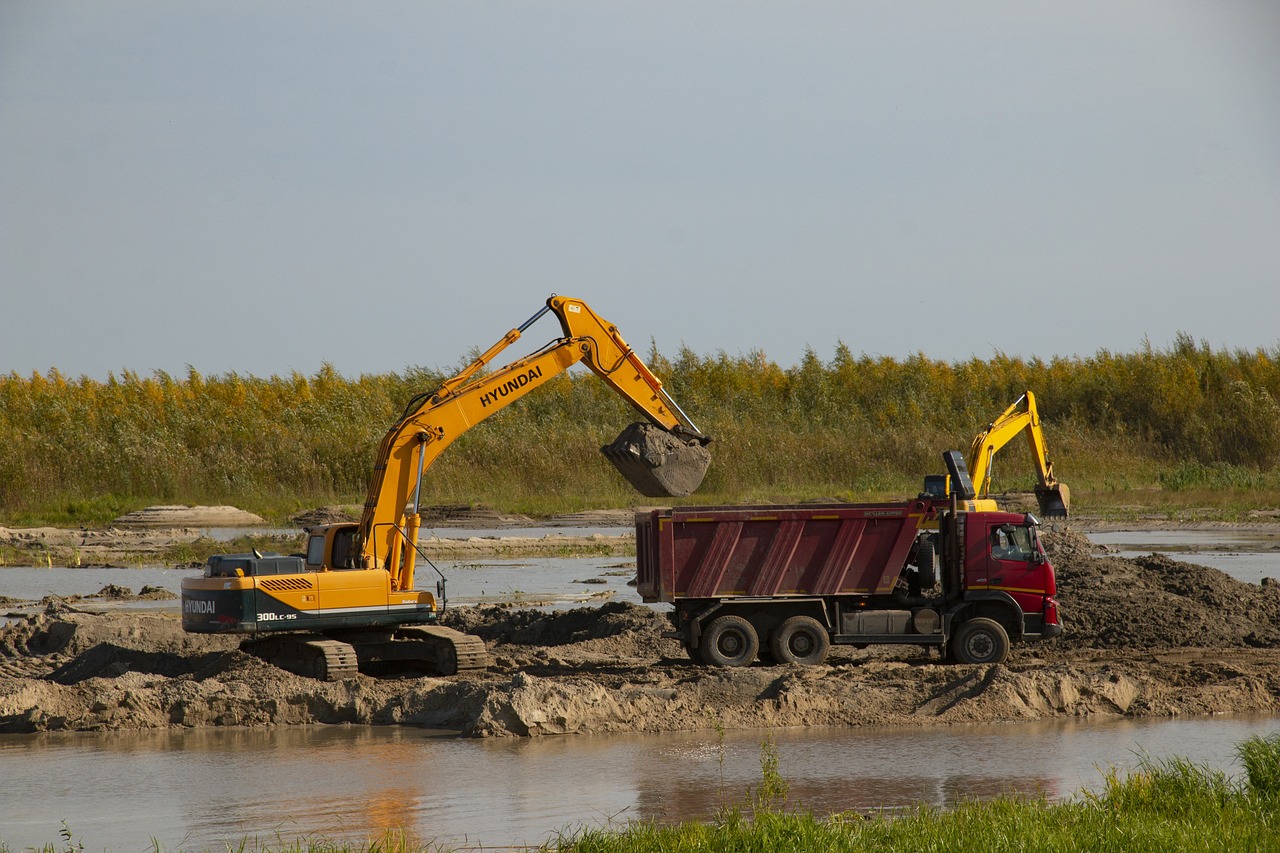

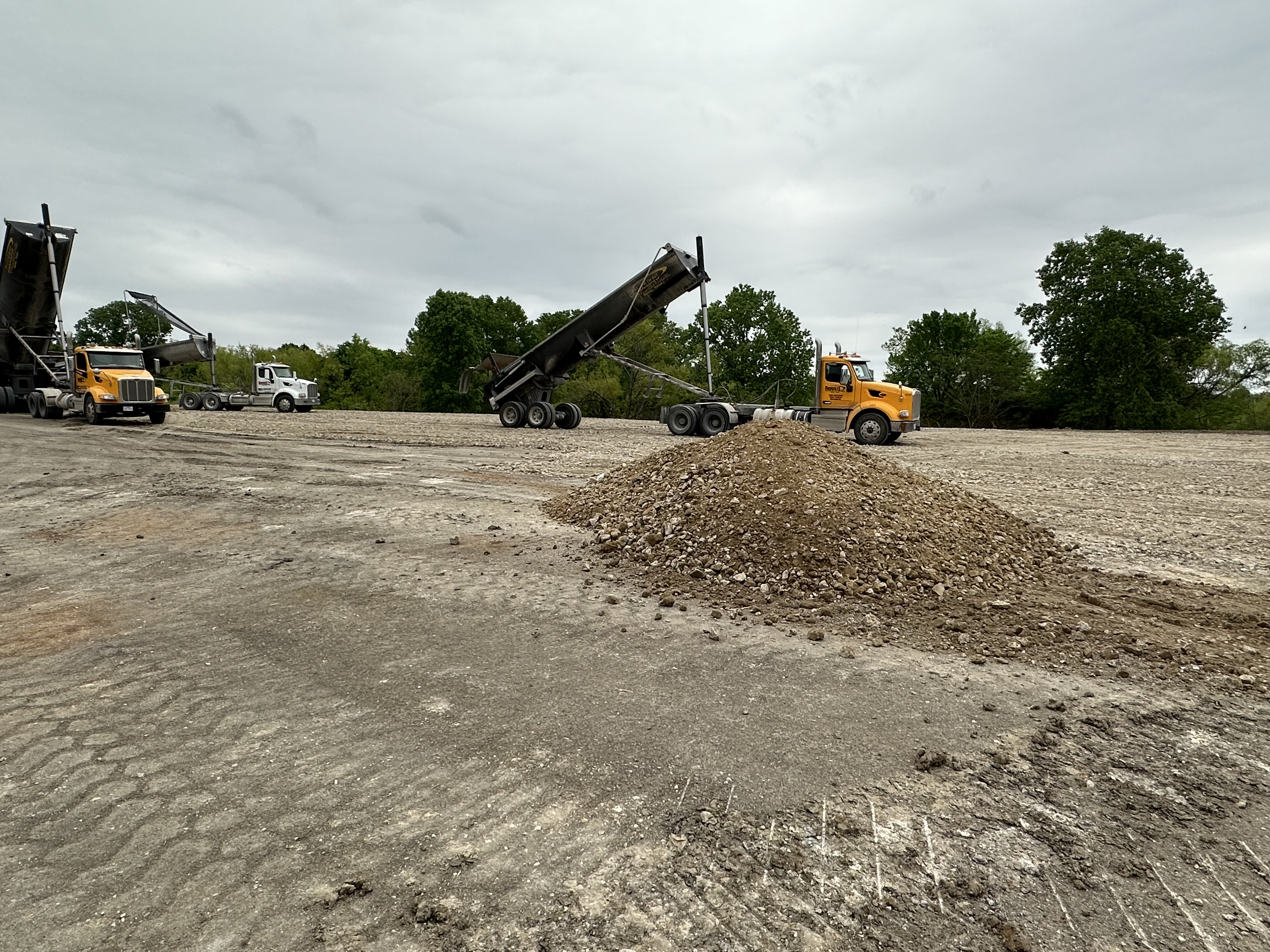
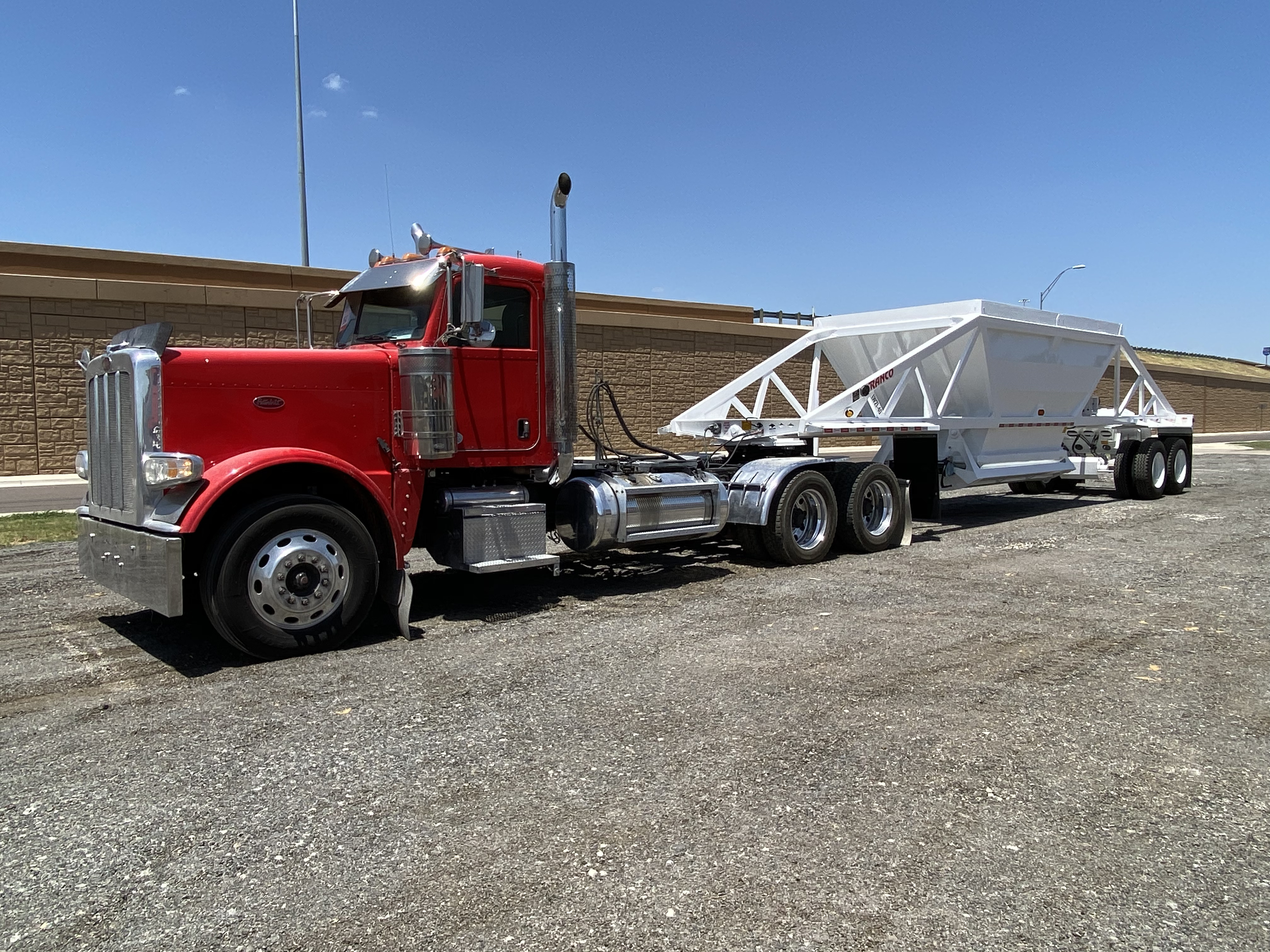
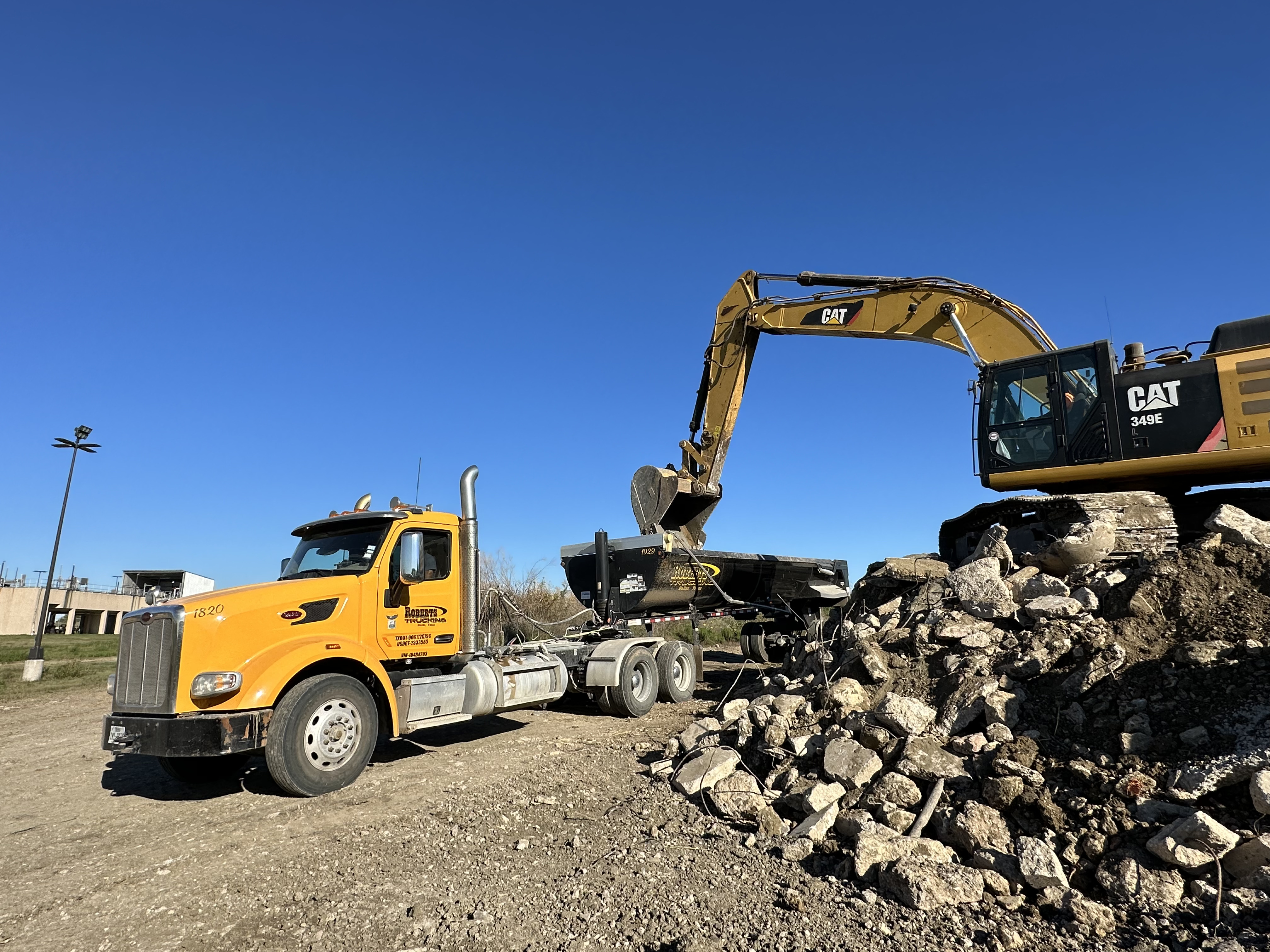
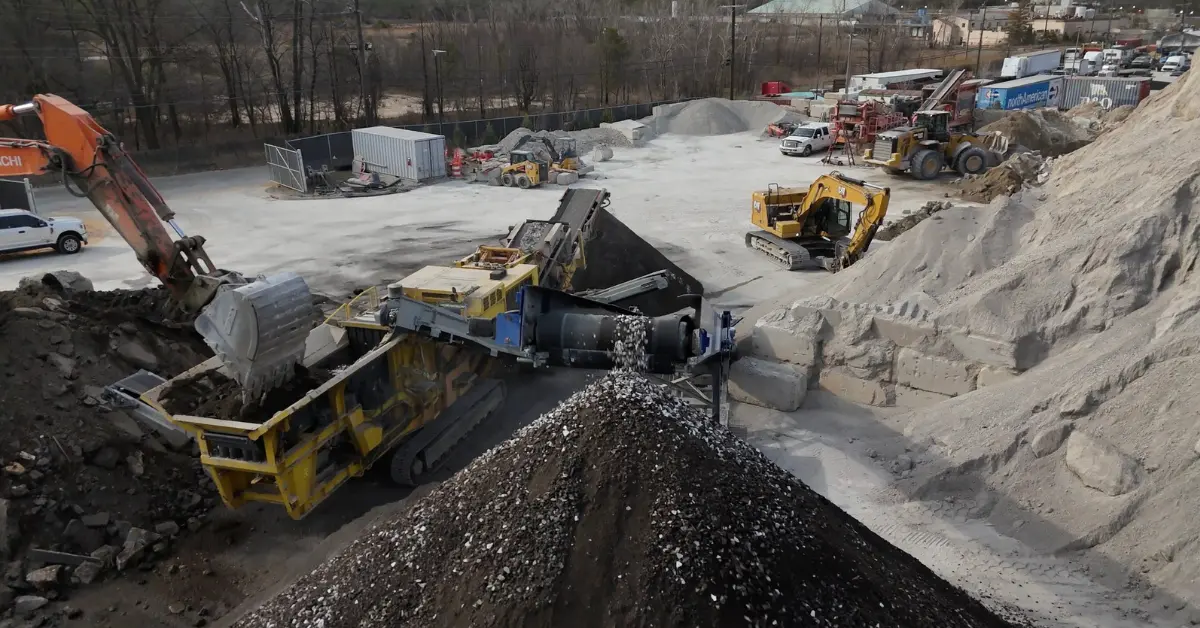
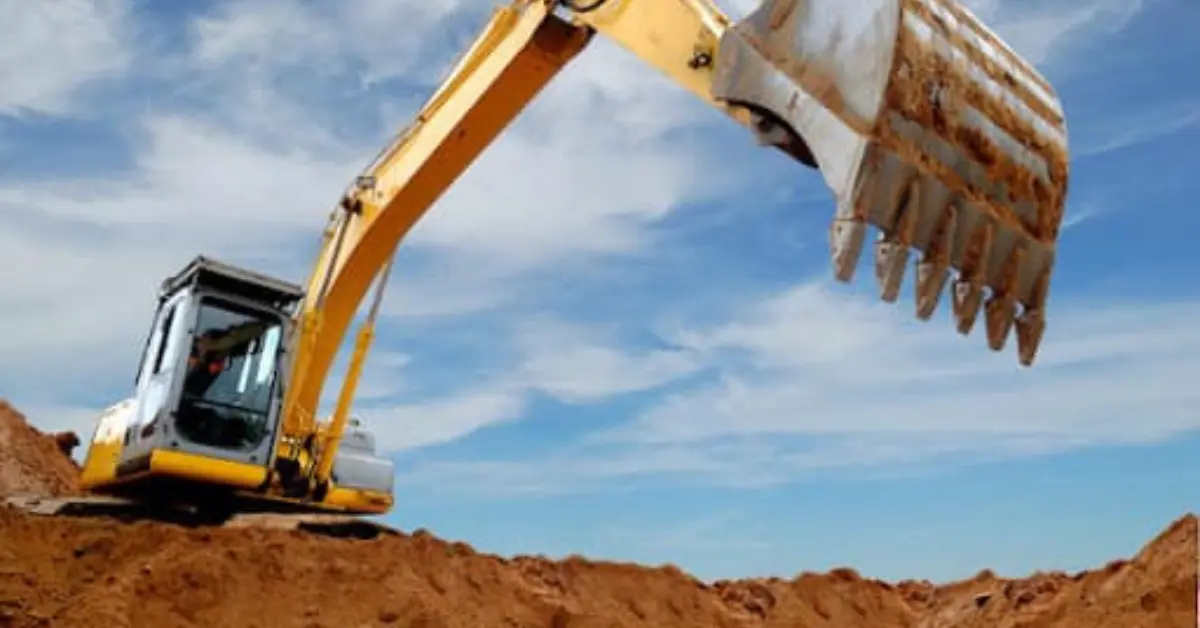
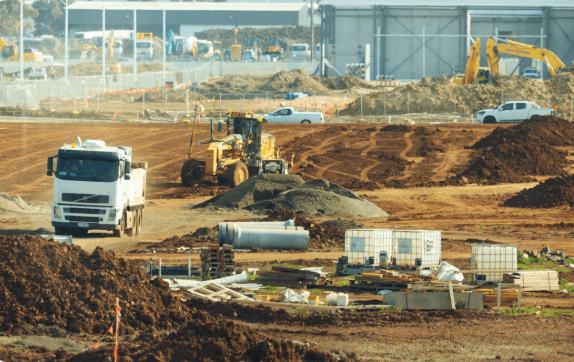

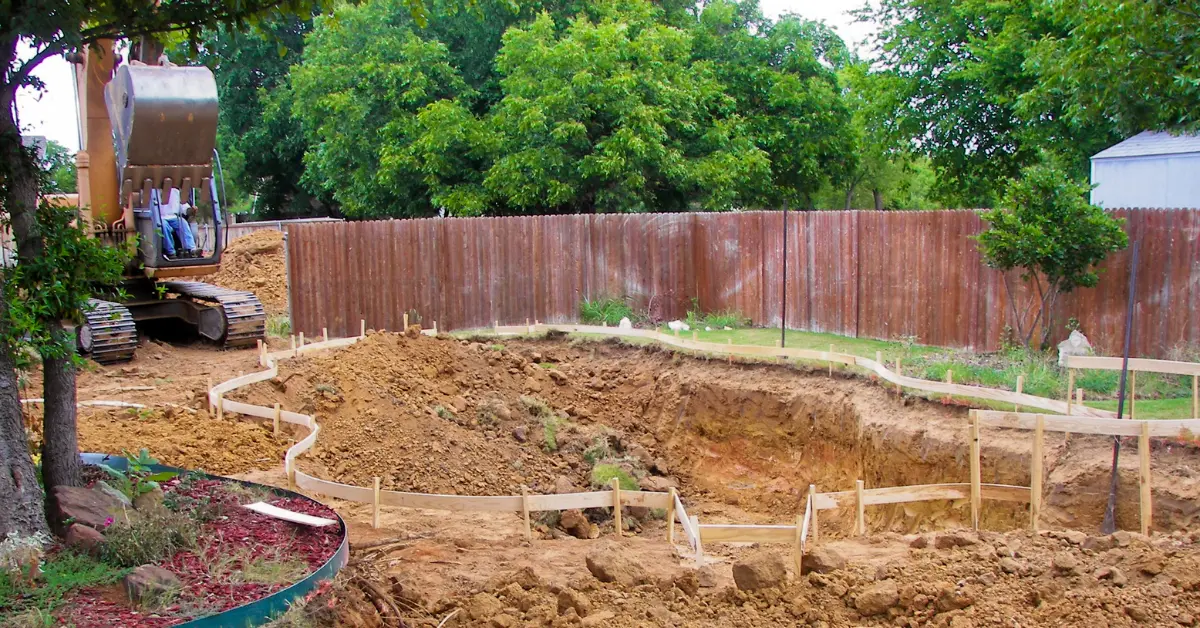
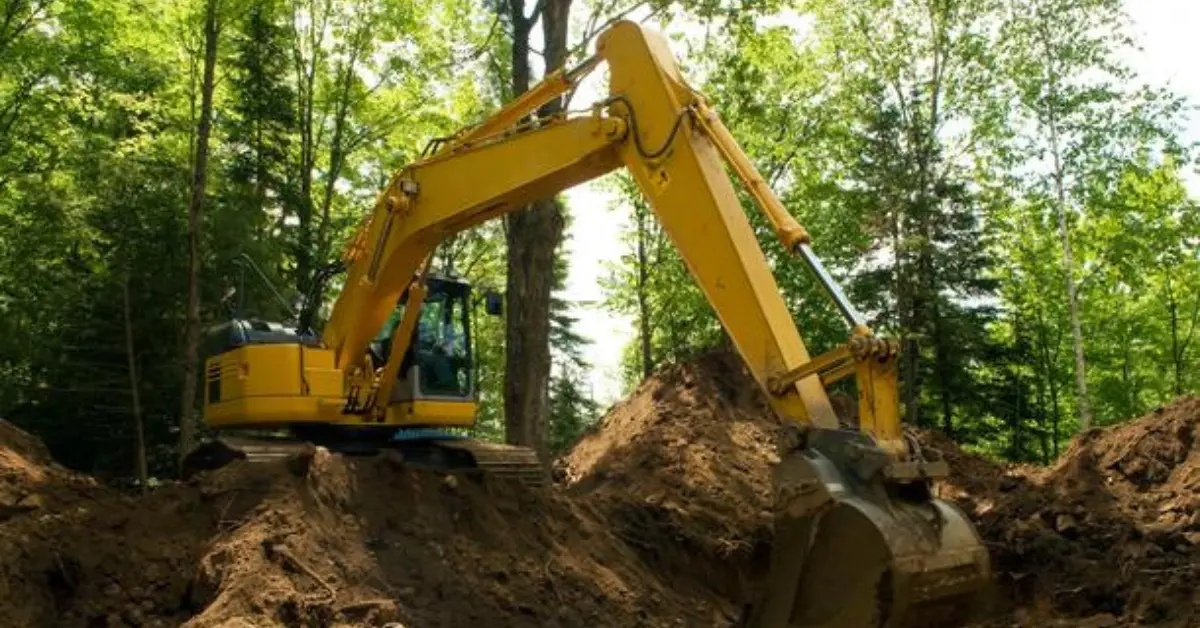
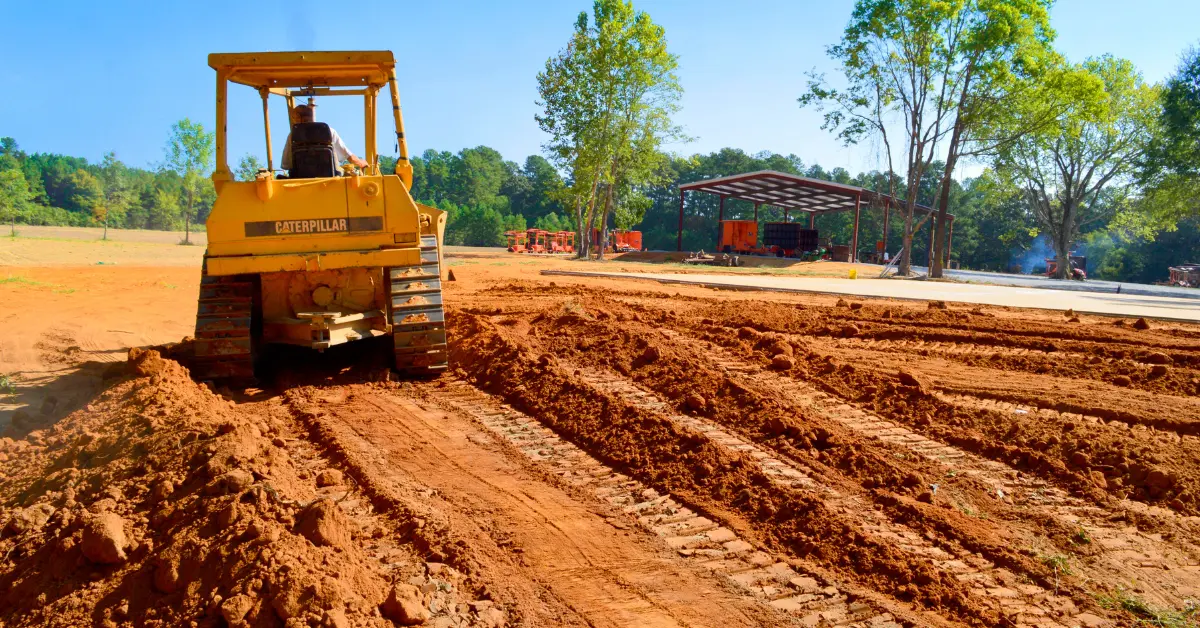
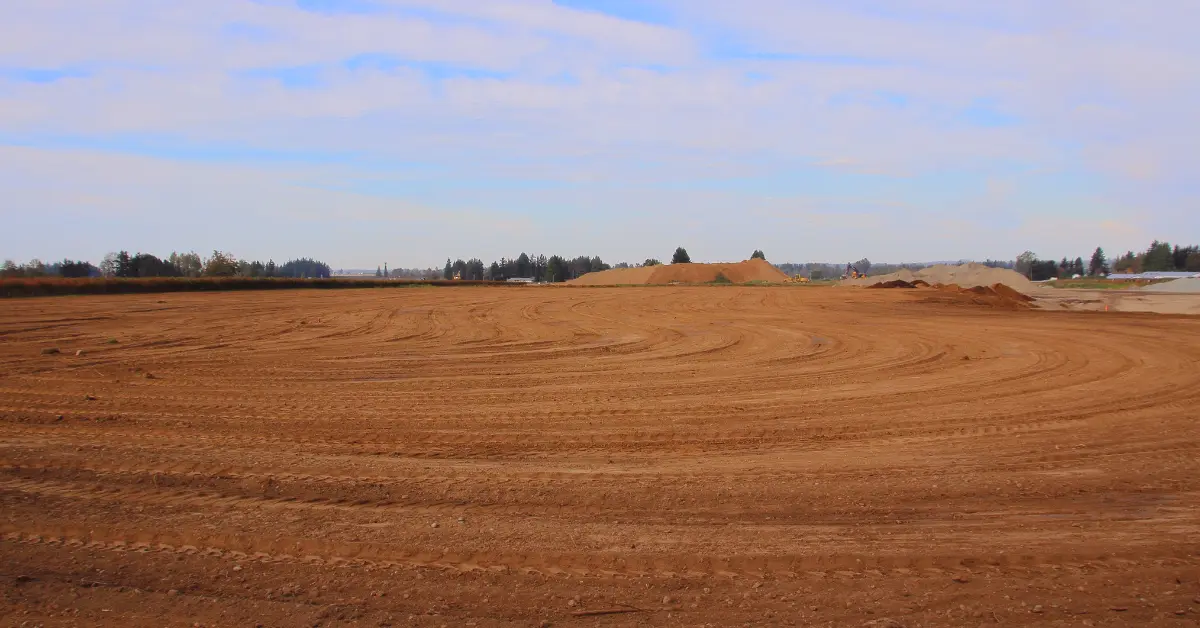



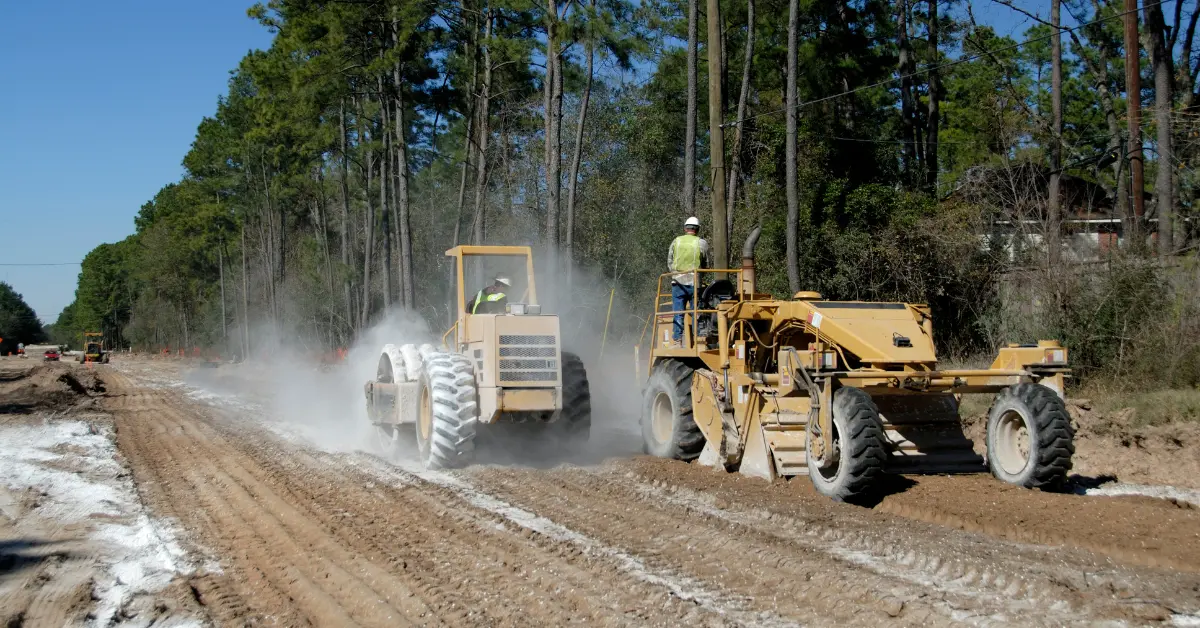




.jpg)

